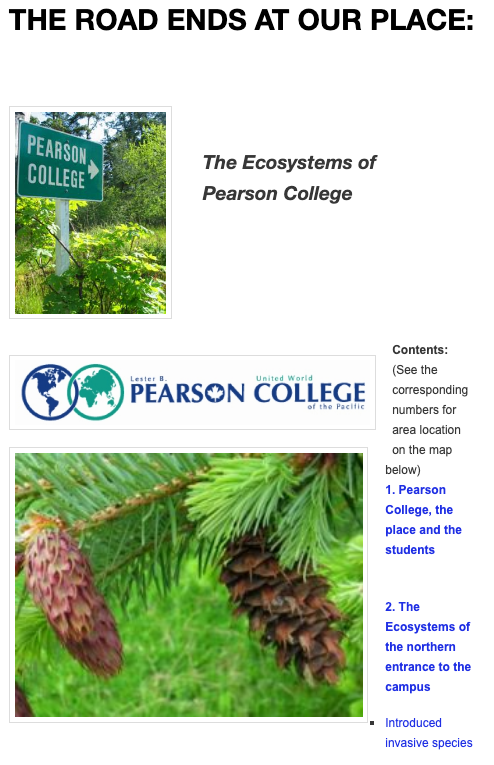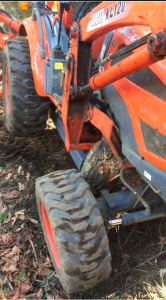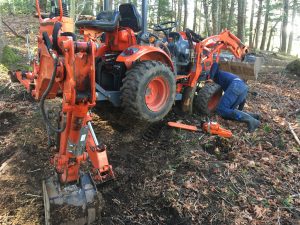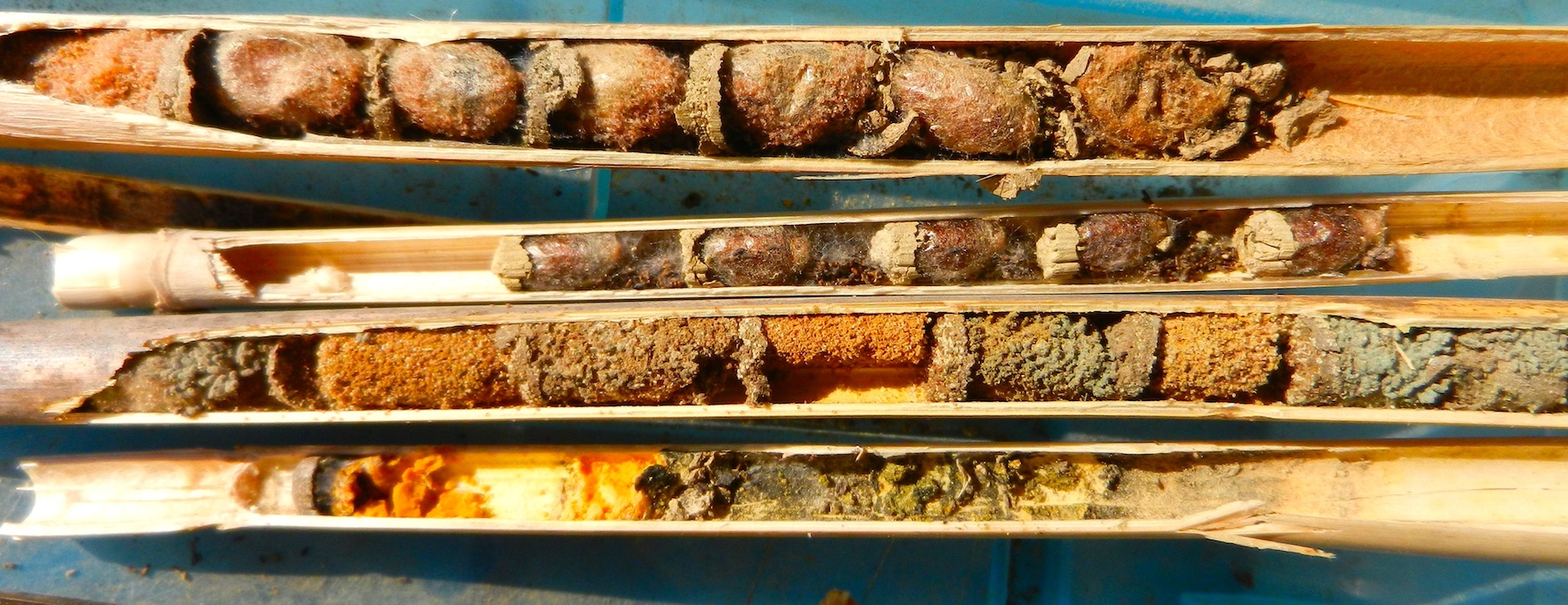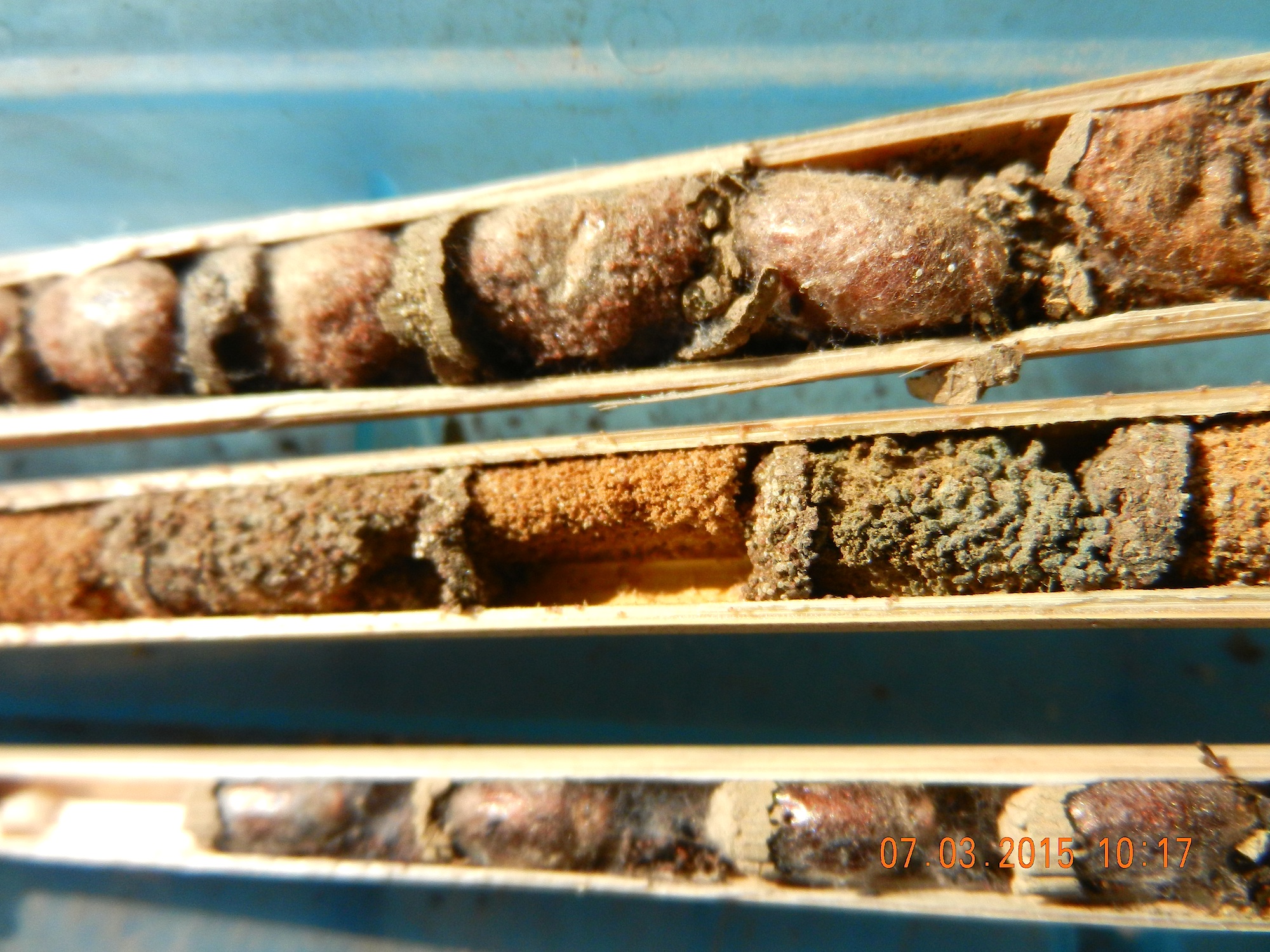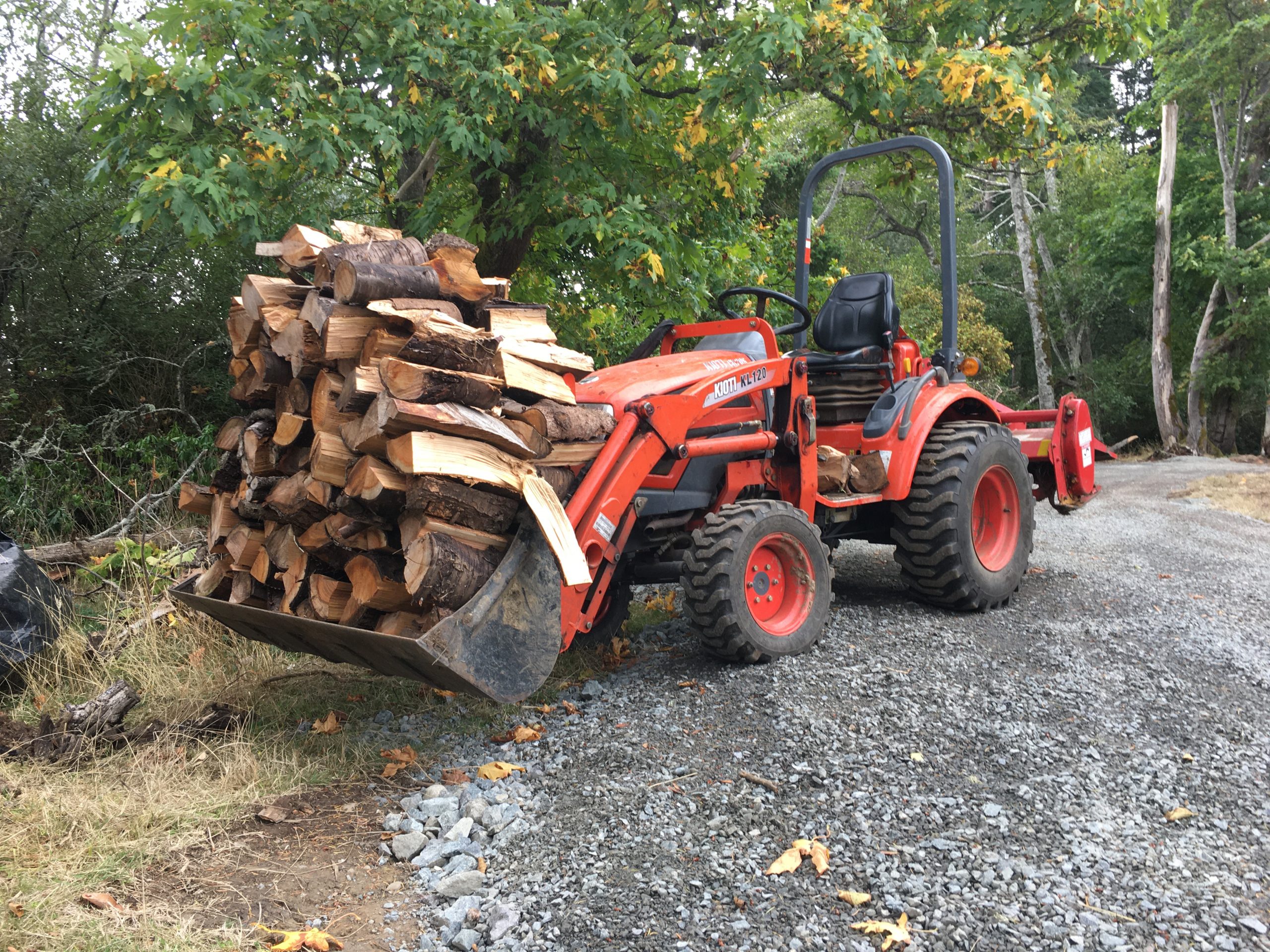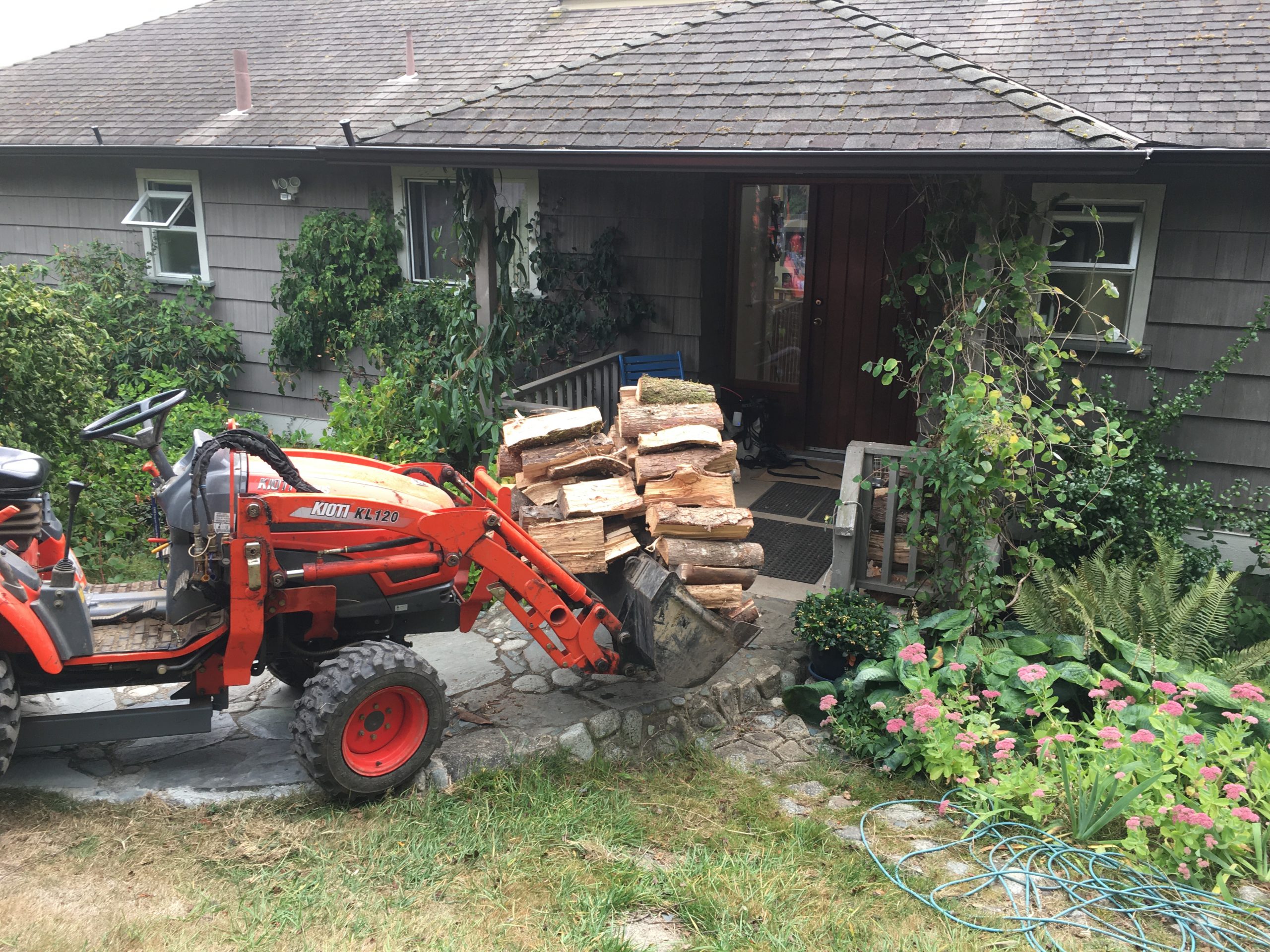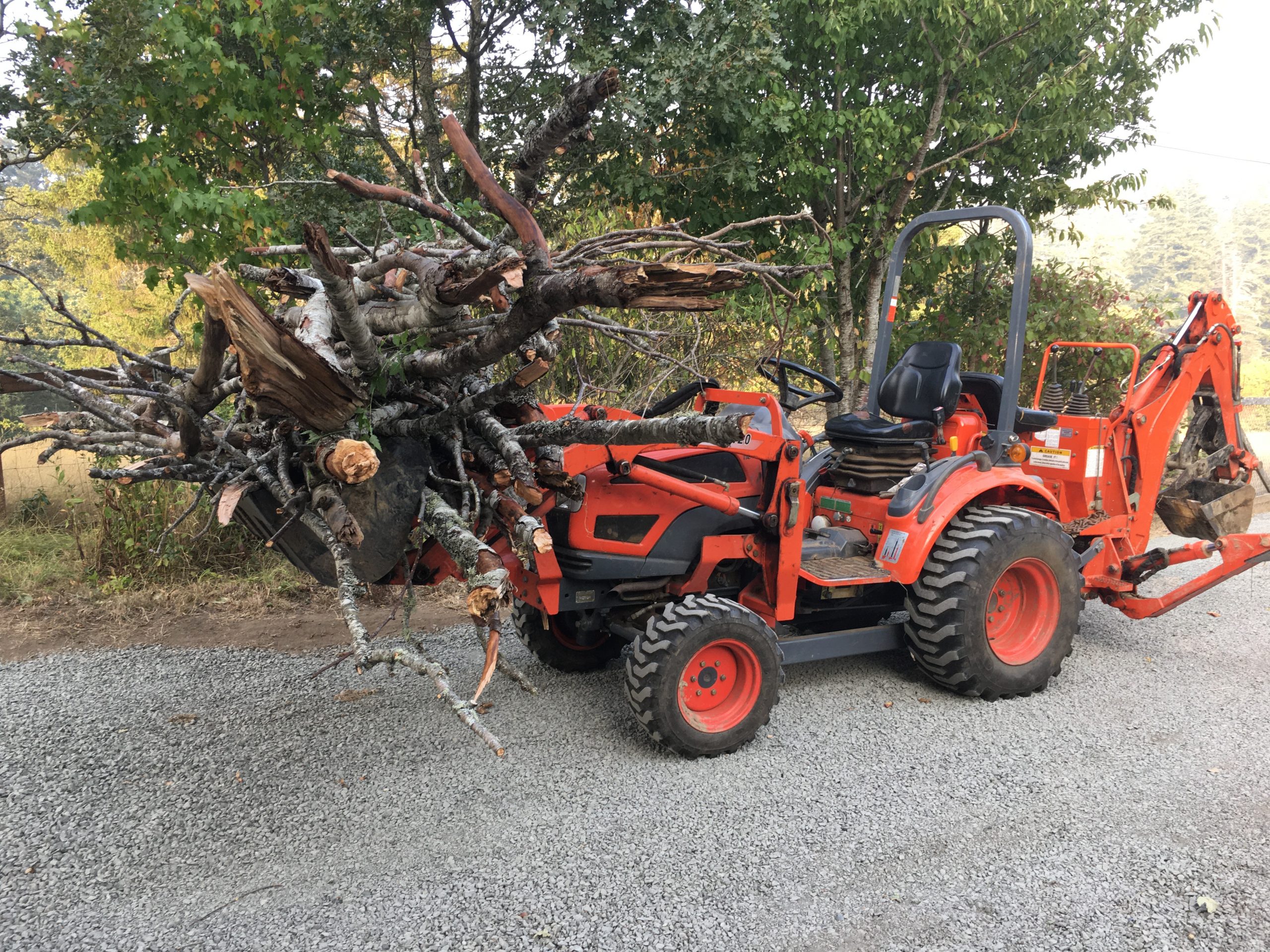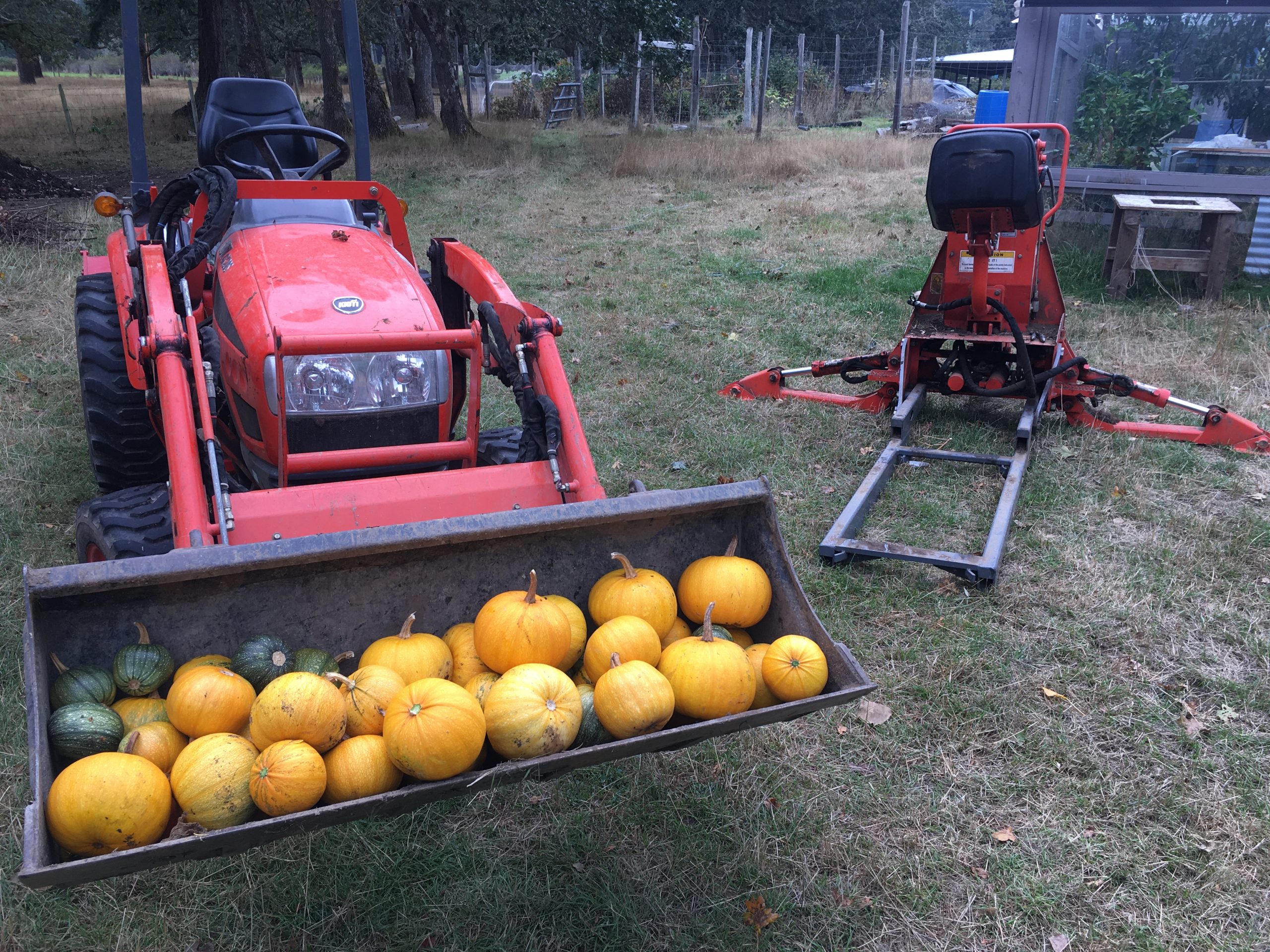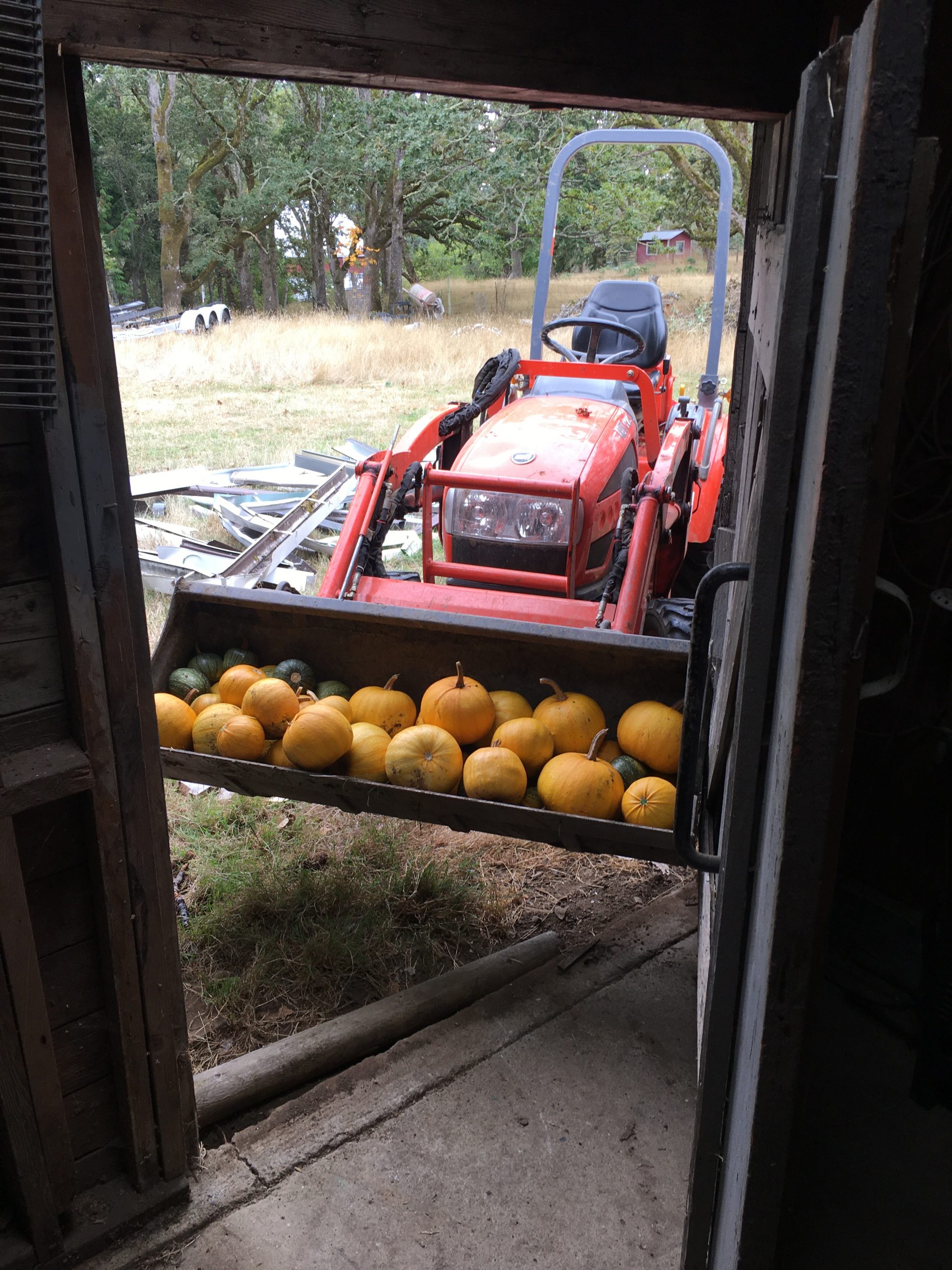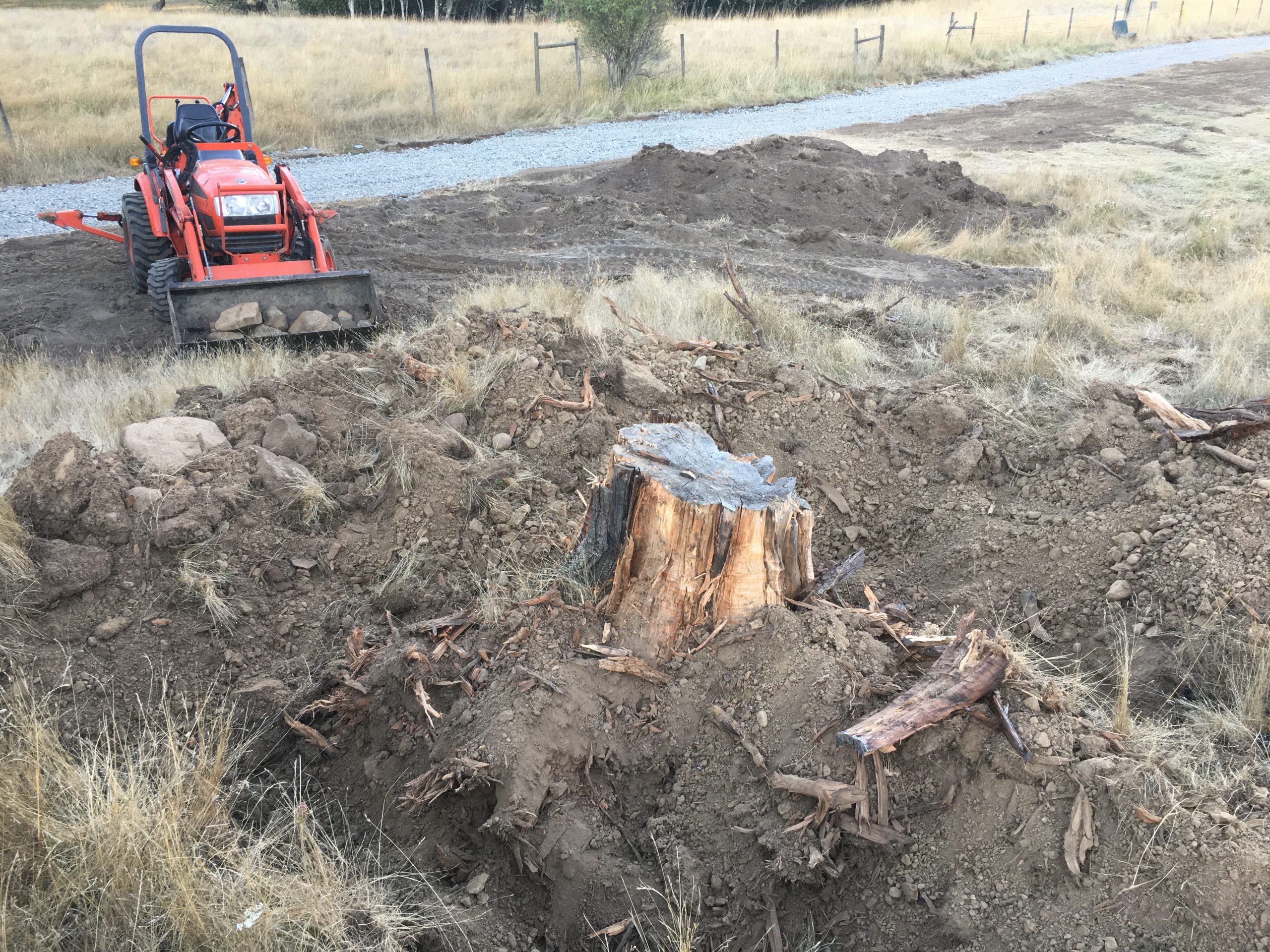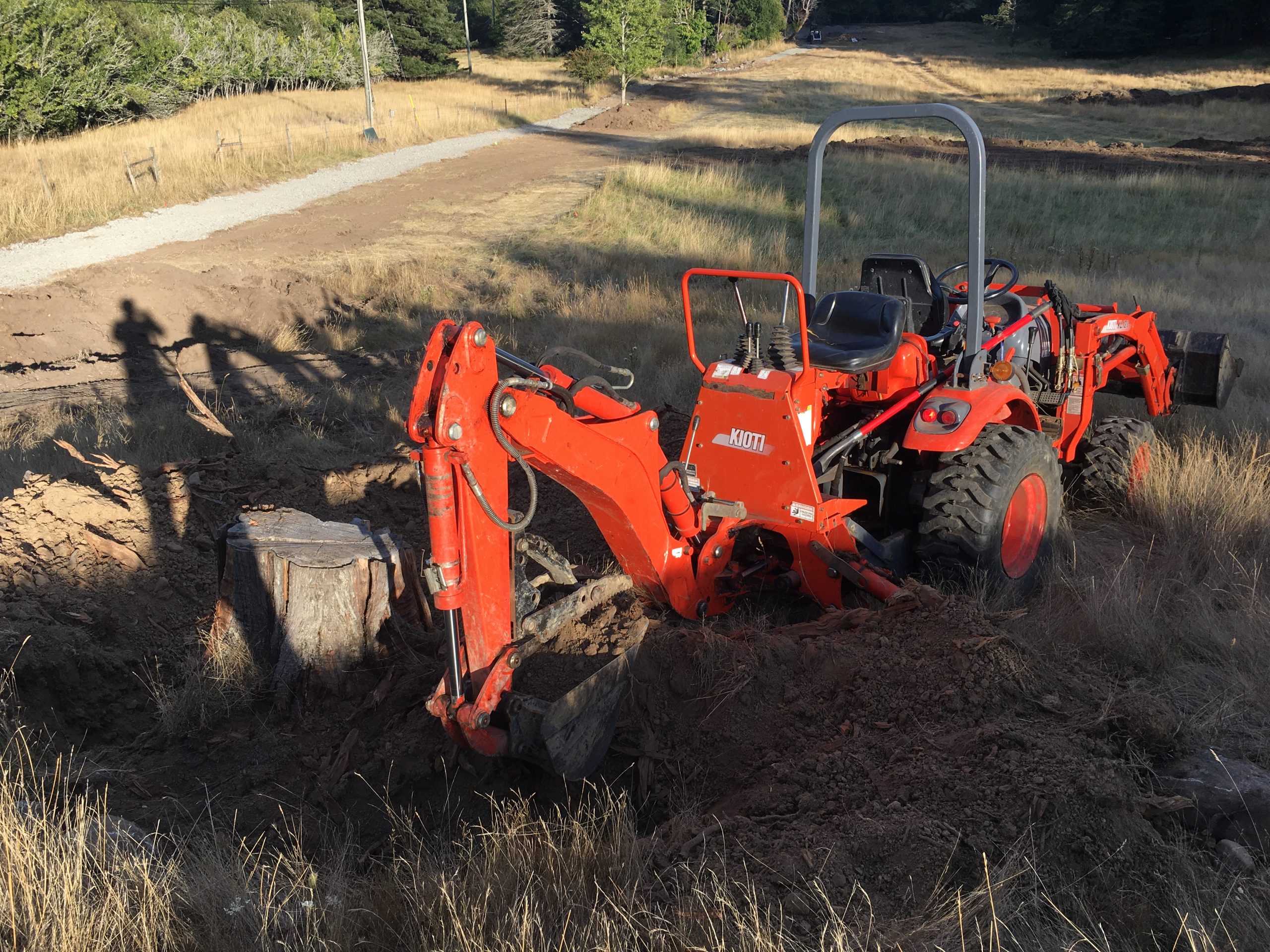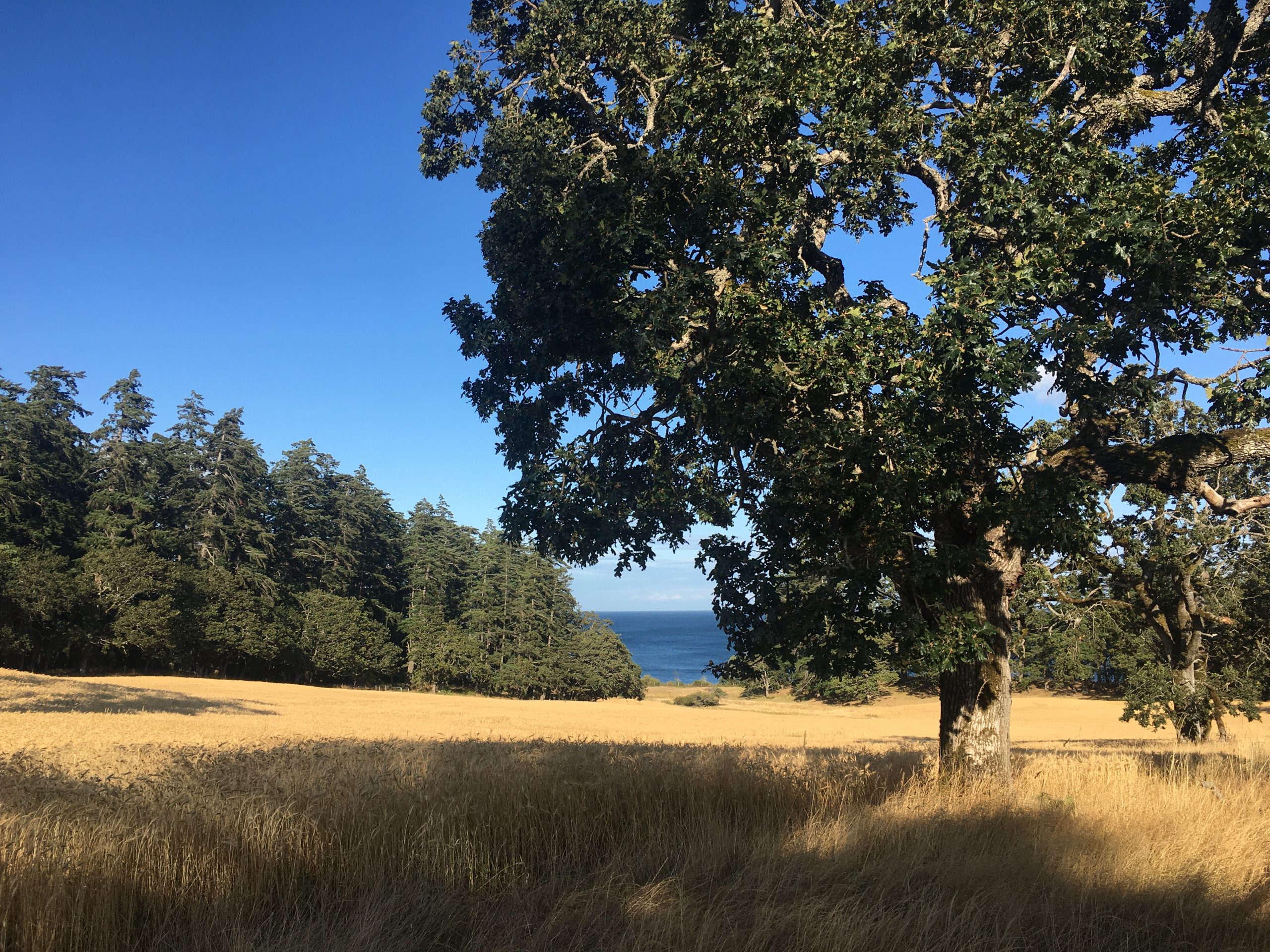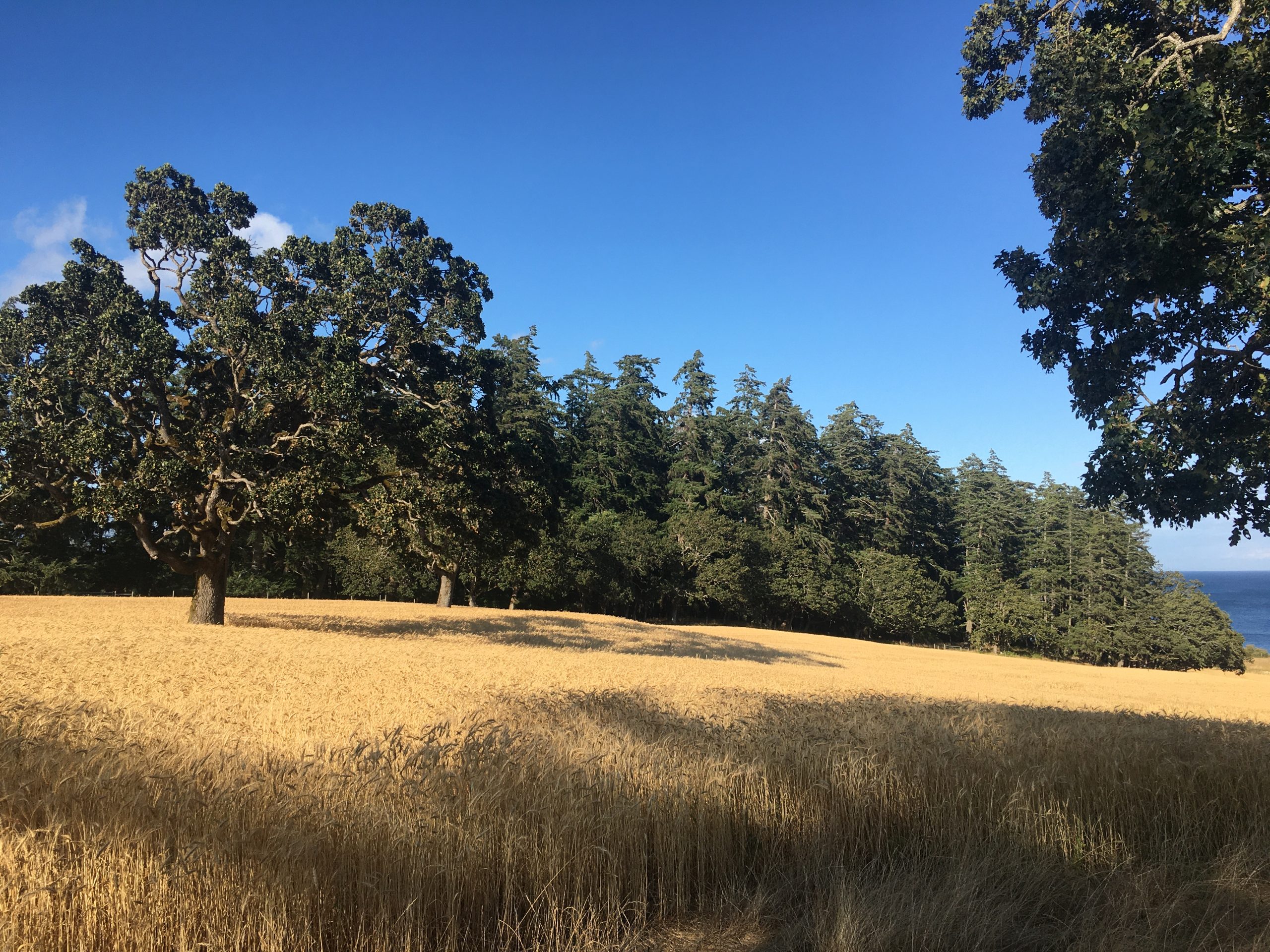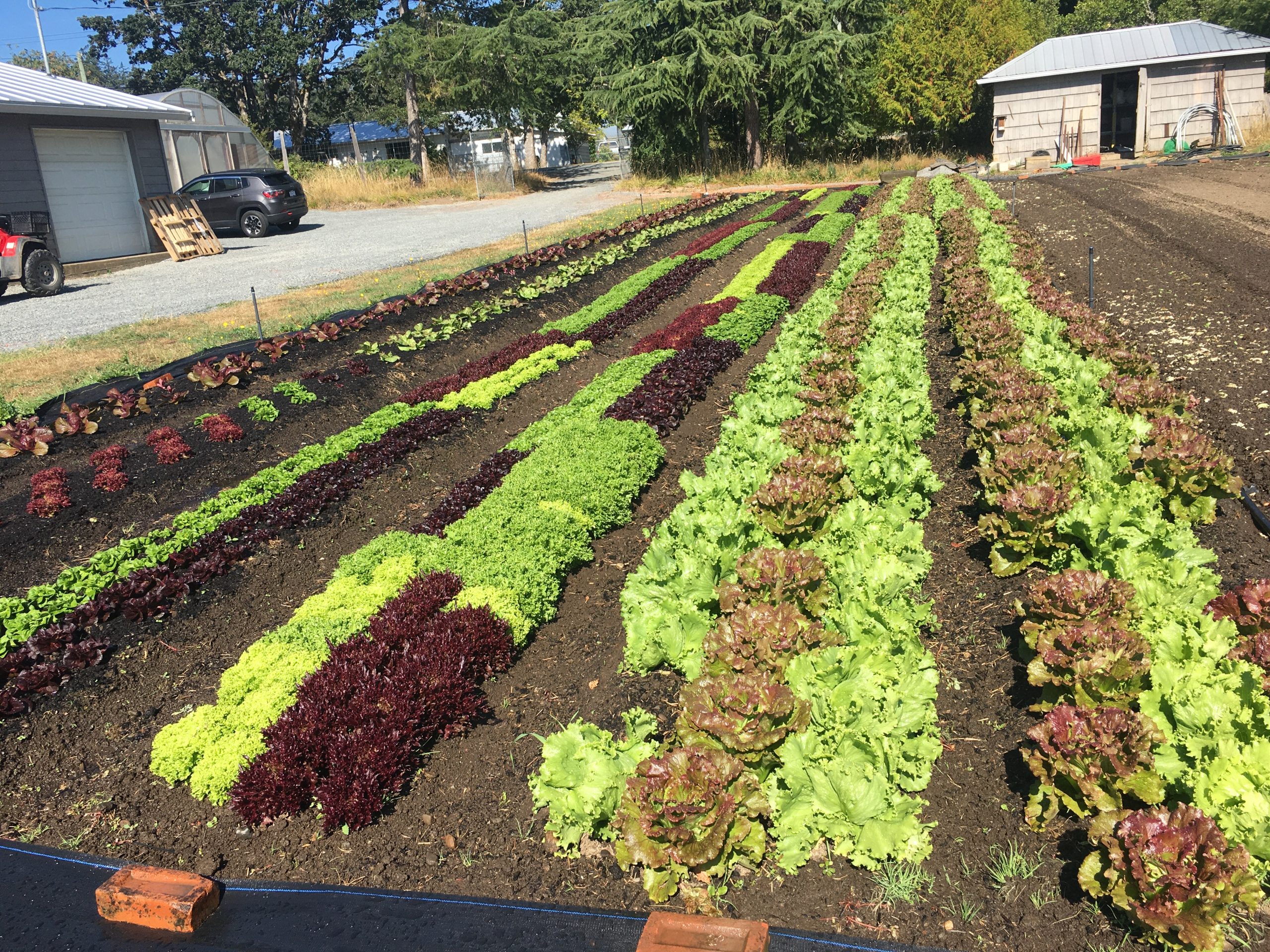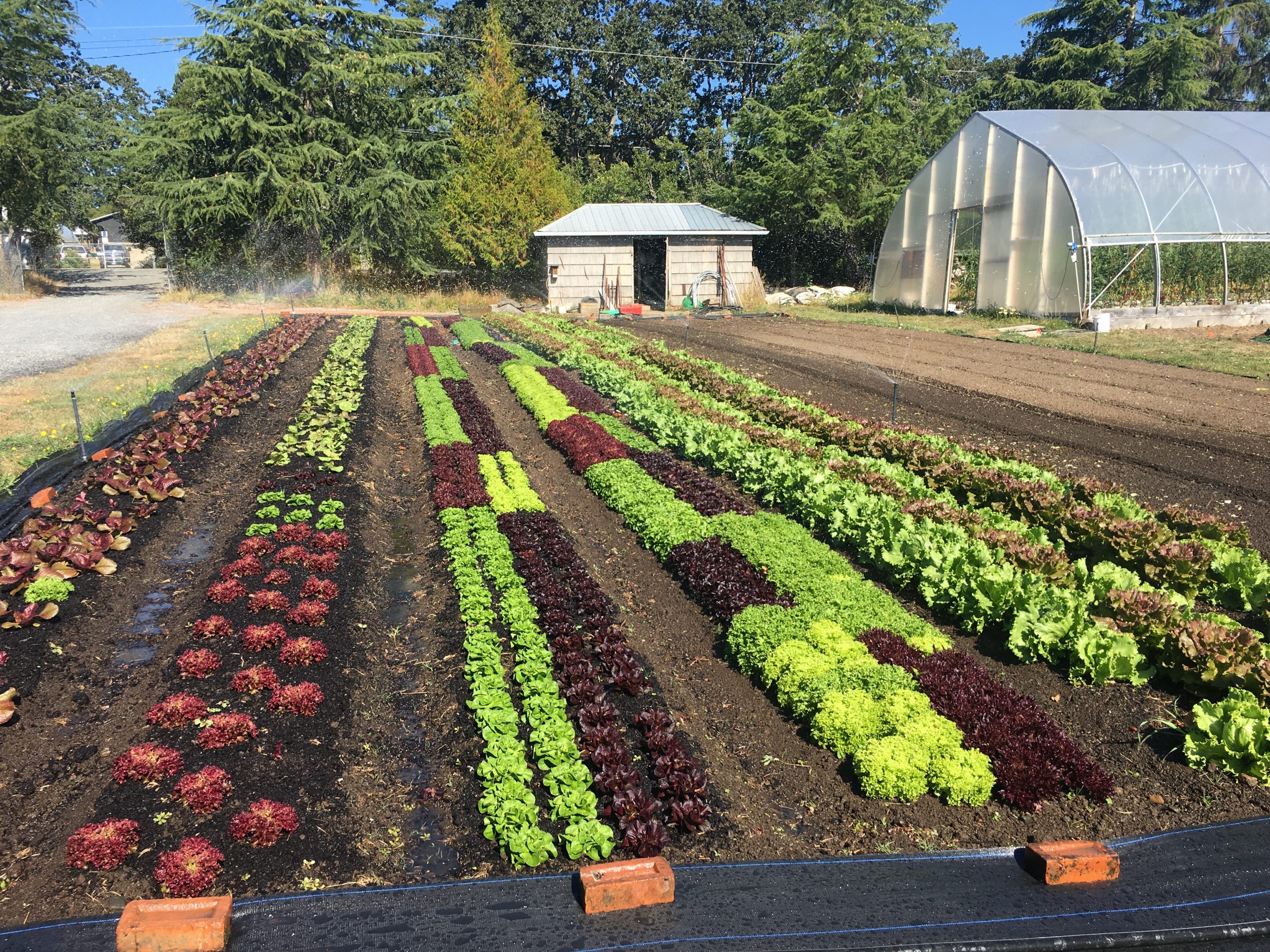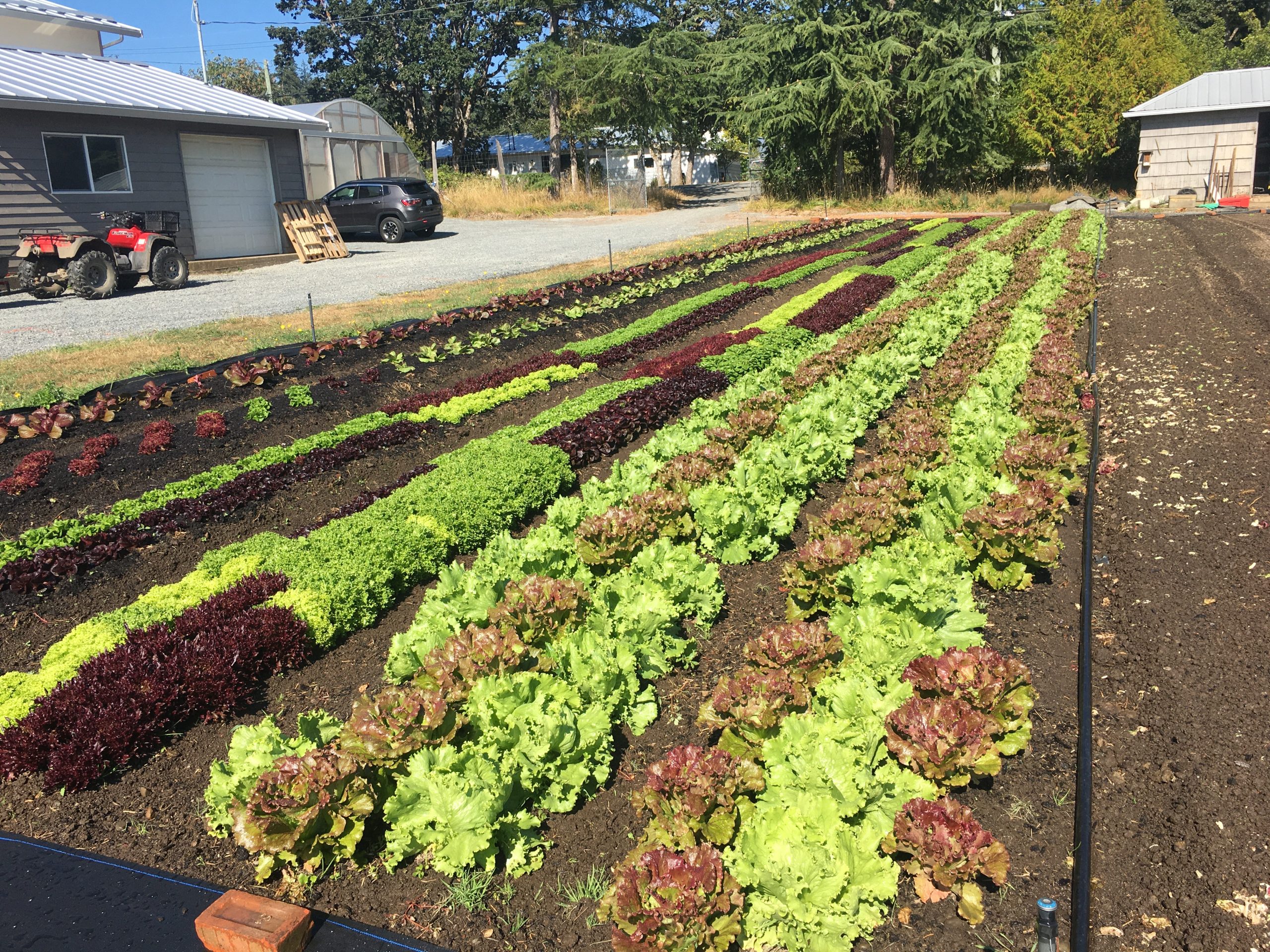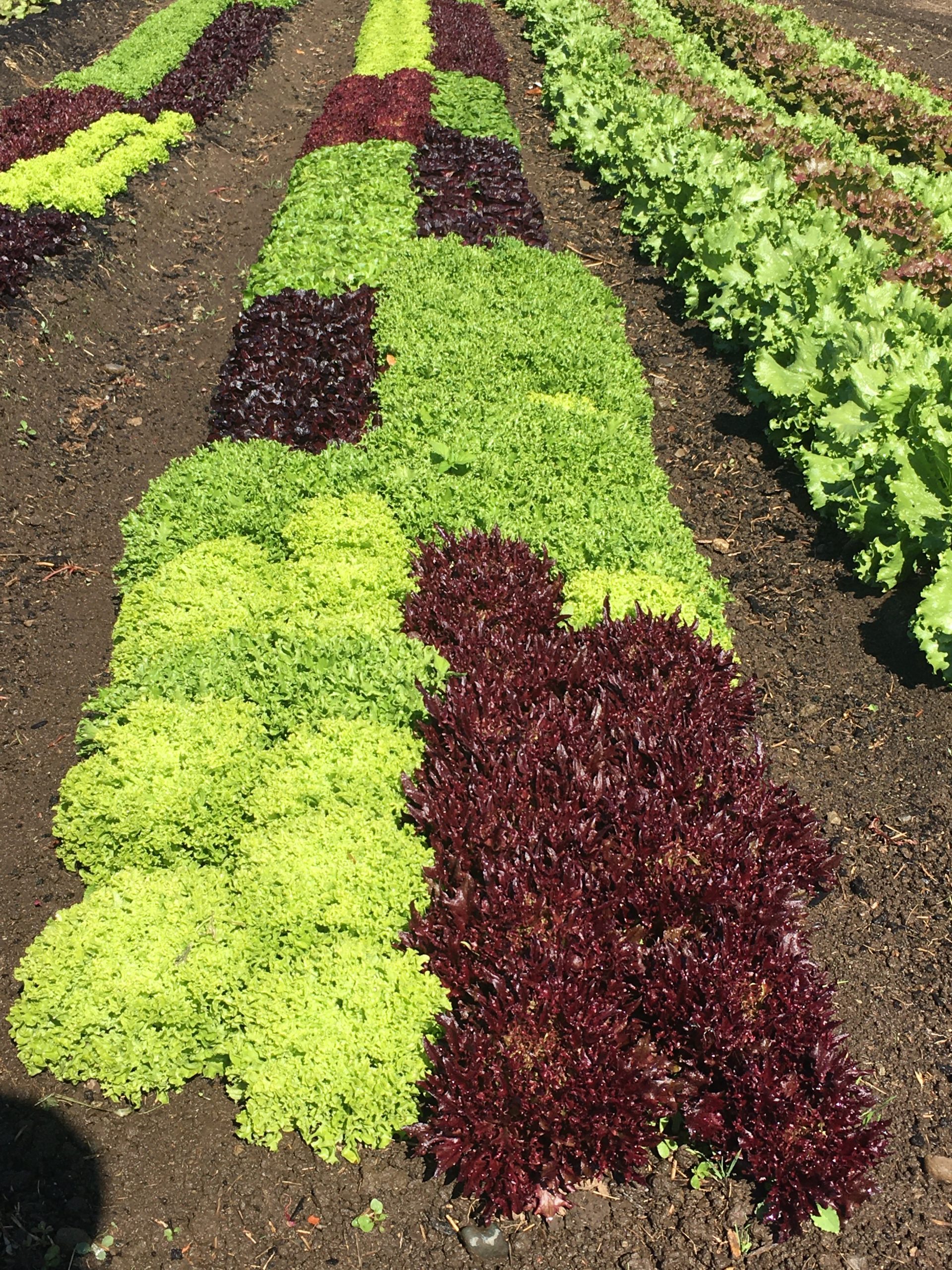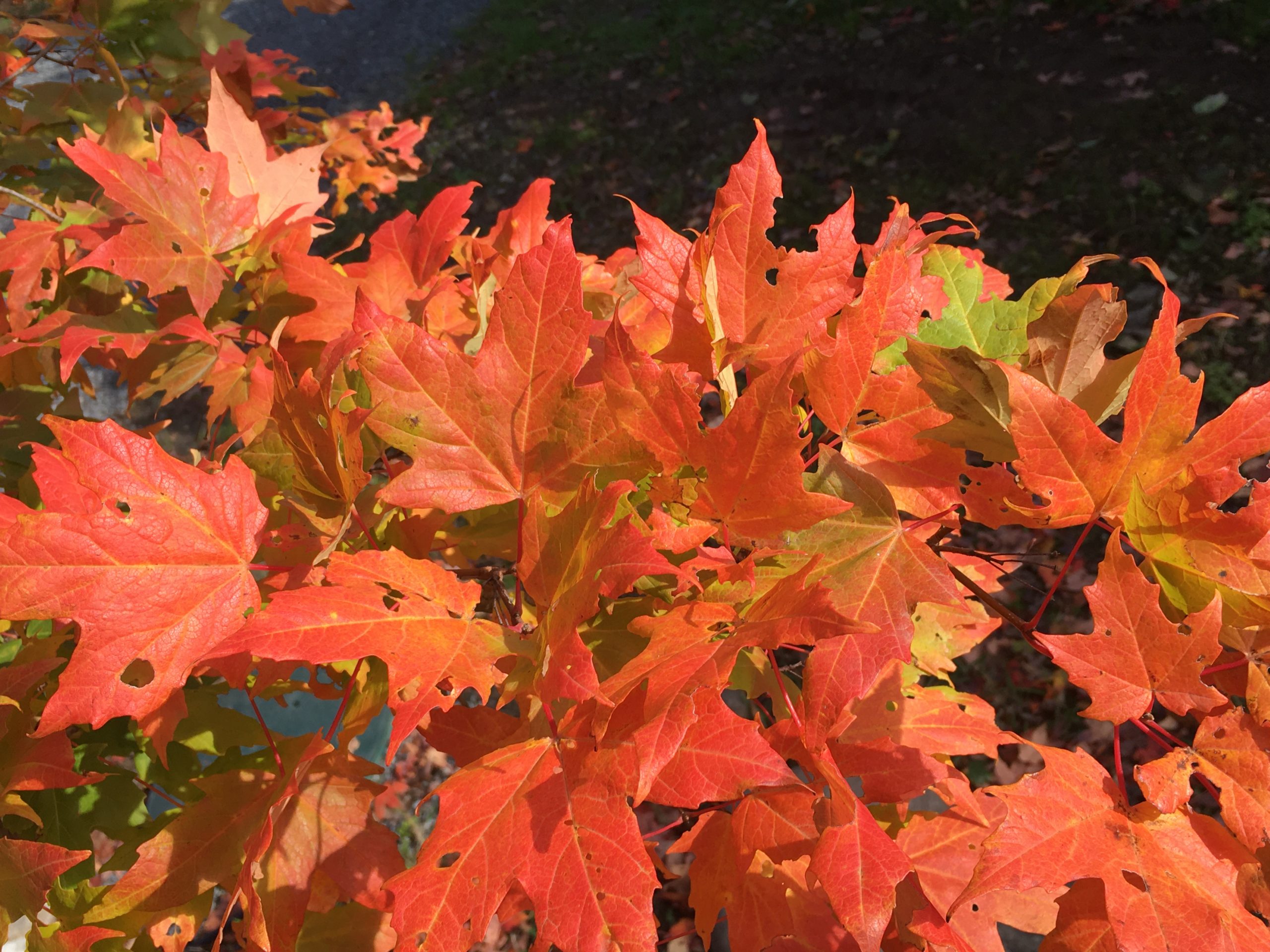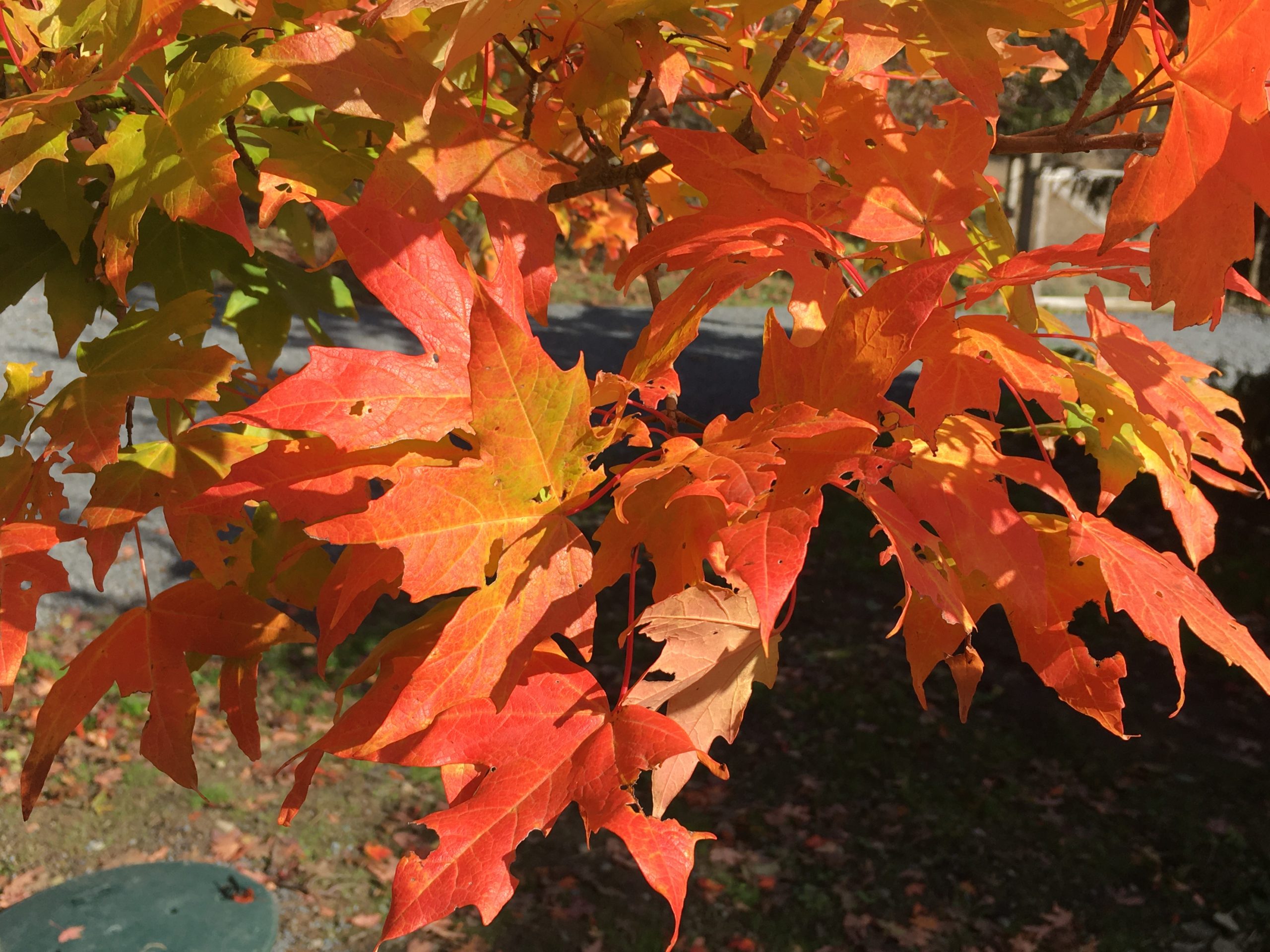Click on the image following for a link to a guide to the ecosystems and features of the area around Pearson College which I prepared in 2008.
Expensive Lesson
I was going up an inclined path in our forest and the front end always being too light, raised up slightly, then slowly rotated to the right and came down gently on a small stump. It landed right on the hydraulic connector lines to the front end bucket. The only way to get it off was to remove the stump… of course afterwards the bucket was not raising properly… . $1400.00 later and it works just fine…!
Harvesting Mason Bees —
NOTE: I have updated this 2015 post in order to make it appear closer to the other mason bee information
The Mason bee tubes are generally filled and a mud cap can be seen plugging the hole of the tube by the end of April-May and no further activity will be seen. It is best to not disturb the tubes for several weeks as the eggs are delicately placed on the stored food materials in each capsule and they take several weeks to get firmly implanted.
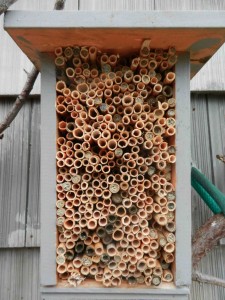
Any time after October you can open the tubes and clean the cocoons of parasites for storage over winter in a refrigerator or a cool place outside protected from mice and birds. Some tubes may appear empty. Use a wire or a small round file to check.
Unused tubes may be used again but only if they are clean and parasite free.
‘
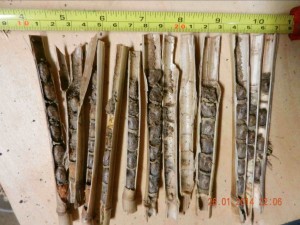
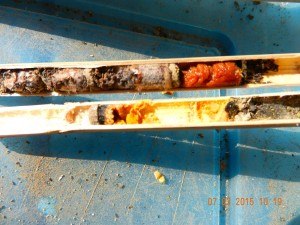
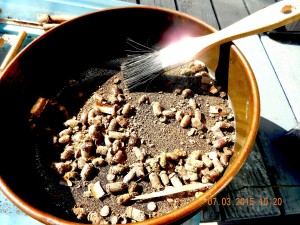
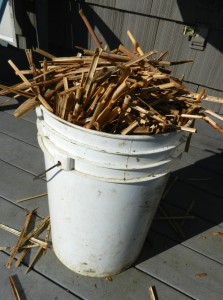
Mason Bees for Sale: Spring 2017
ARCHIVAL: This post has been re-dated from 2017 in order to position it closer in the blog to Mason Bee Information
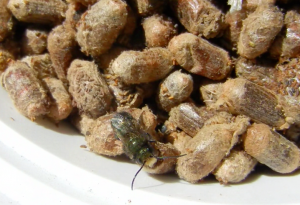 ( SOLD OUT for 2017 and 2018) SEE most recent post:
( SOLD OUT for 2017 and 2018) SEE most recent post:
I now have mason bee cocoons available to be picked up at our farm for the Spring Season, 2017. You can email or phone ahead to arrange a time to get them: Osmia lignaria
Currently they have been cleaned and are refrigerated.
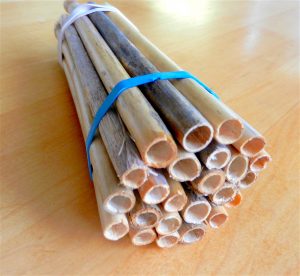
Costs for this year for two dozen packets are as follows:
25 Cleaned Mason Bee Cocoons = $15.00
24 (now 30) Phragmites reed tubes= $15.00
For Culturing, I also sell dried natural Phragmites reed grass stem tubes which I harvest from our wetland. I find that these tubes are the the most efficient type of tube for attracting mason bees and reducing parasite infection.
Also inexpensive re-purposed material houses are available.
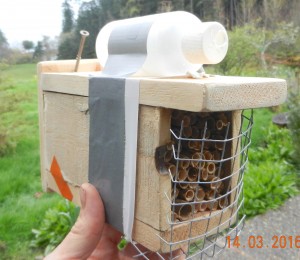
I also have a selection of re-purposed materials bee houses complete with phragmites tubes installed . These range from $30.00 to $50.00. But I would really encourage you to make your own so samples for ideas will be available.
I am also already planning on attending the following Seedy Saturdays where I will have a display and the blue orchard bees for sale. (click on for links)
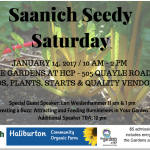 |
January 14: Saanich Seedy Saturday |
 |
February 4: Qualicum Beach Seedy Saturday. |
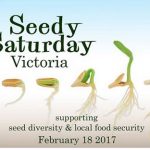 |
February 18: Victoria Seedy Saturday. |
 |
February 25: Sooke Seedy Saturday |
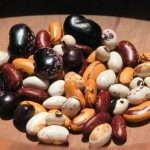 |
March 4 : Comox Valley Seedy Saturday |
|
March 5 : Nanaimo Seedy Sunday |
|
Provide a Source of Mud for Mason Bees
A t this time of year as you set out your mason bee cocoons, dont forget to provide a ready source of mud. This video shows a little trick I discovered where they seem to prefer mud tunnels to gather their mud for the tubes. This makes sense as there is less chance of predation by birds when picking up mud when the bees are out of sight.
Dig a small 5″ deep trench within a few metres of your bee houses, and bore horizontal holes into the side of it. Put a bucket of water in the trench when it looks dry.
Note I have updated this post to place it closer to other mason bee entries.
Tractor tales
There is never a shortage of tasks on a small farm for a small tractor. Here are a few applications of the past few months:
Tractor news for October 2020
In October, My son Alex started the process of converting our lower sheep pasture to a terraced and weeping-tile drained field . Most of the work was done with a larger excavator, but the Kyoti came in handy for a few jobs;
After Harvest in my Neighbours Fields
Colourful Patterns in the Garden
My son Alex and his partner Virginie do a great job of running Wind-whipped Farms . Here are some images from their lettuce garden in the fall of 2020:
Sugar maples on Vancouver Island
We may not get cold enough temperatures here in Metchosin to produce a good crop of maple syrup but I decided a few years ago that we shouldn’t miss out on the fall colours. This is the first tree I planted in about 1990, and since then I have planted many more on the farm.
